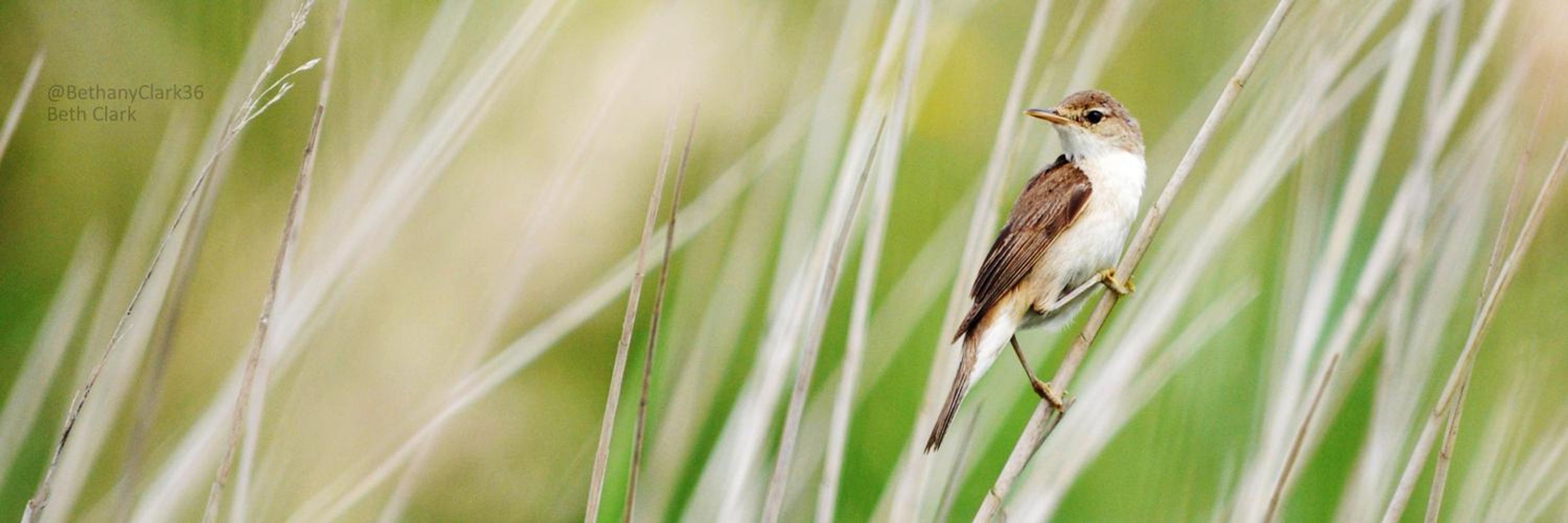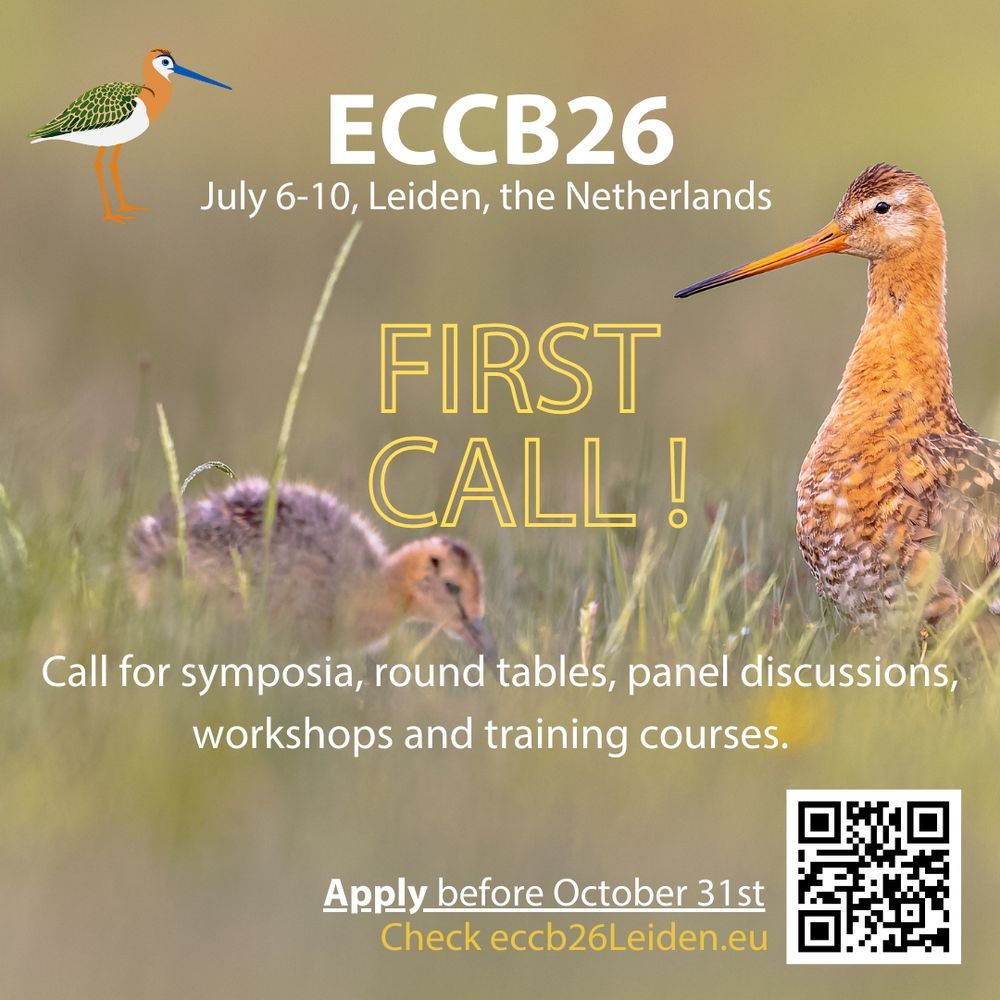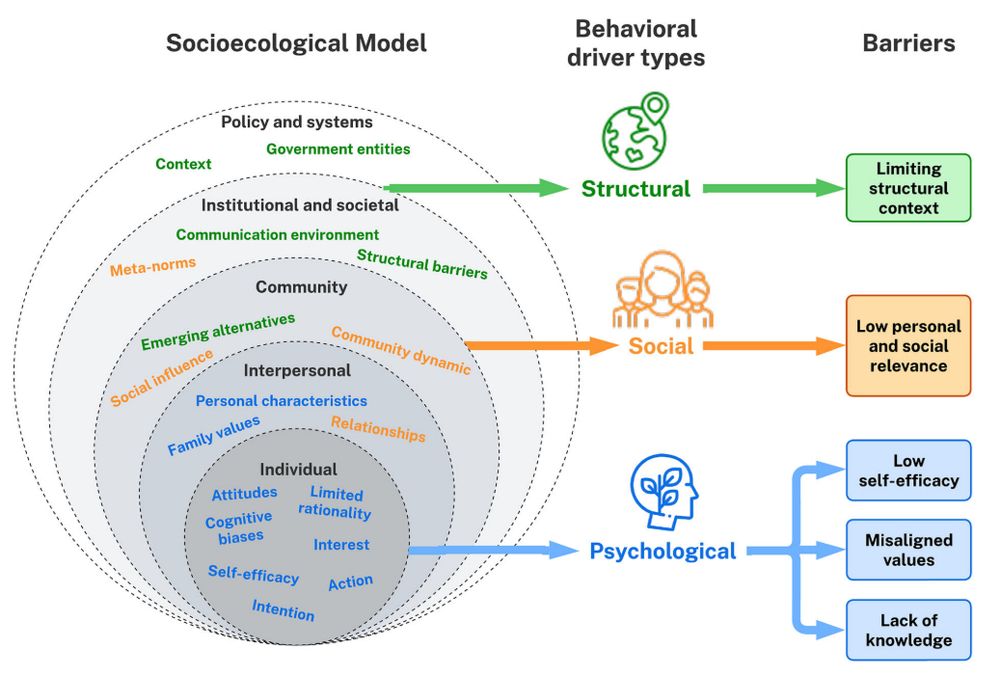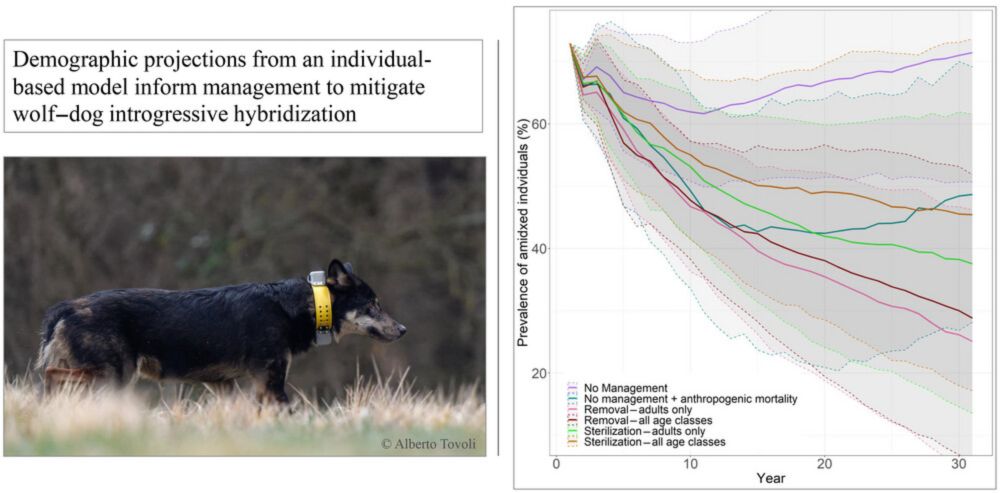Society for Conservation Biology - Europe
@scbeurope.bsky.social
1.8K followers
810 following
96 posts
Society for Conservation Biology - Europe Region
Part of @society4conbio.bsky.social
#biodiversity #climatechange #nature
Conferences, webinars, policy and scientific journals!
Website: https://conbio.org/groups/sections/europe
Posts
Media
Videos
Starter Packs
Pinned
Reposted by Society for Conservation Biology - Europe
Reposted by Society for Conservation Biology - Europe

























